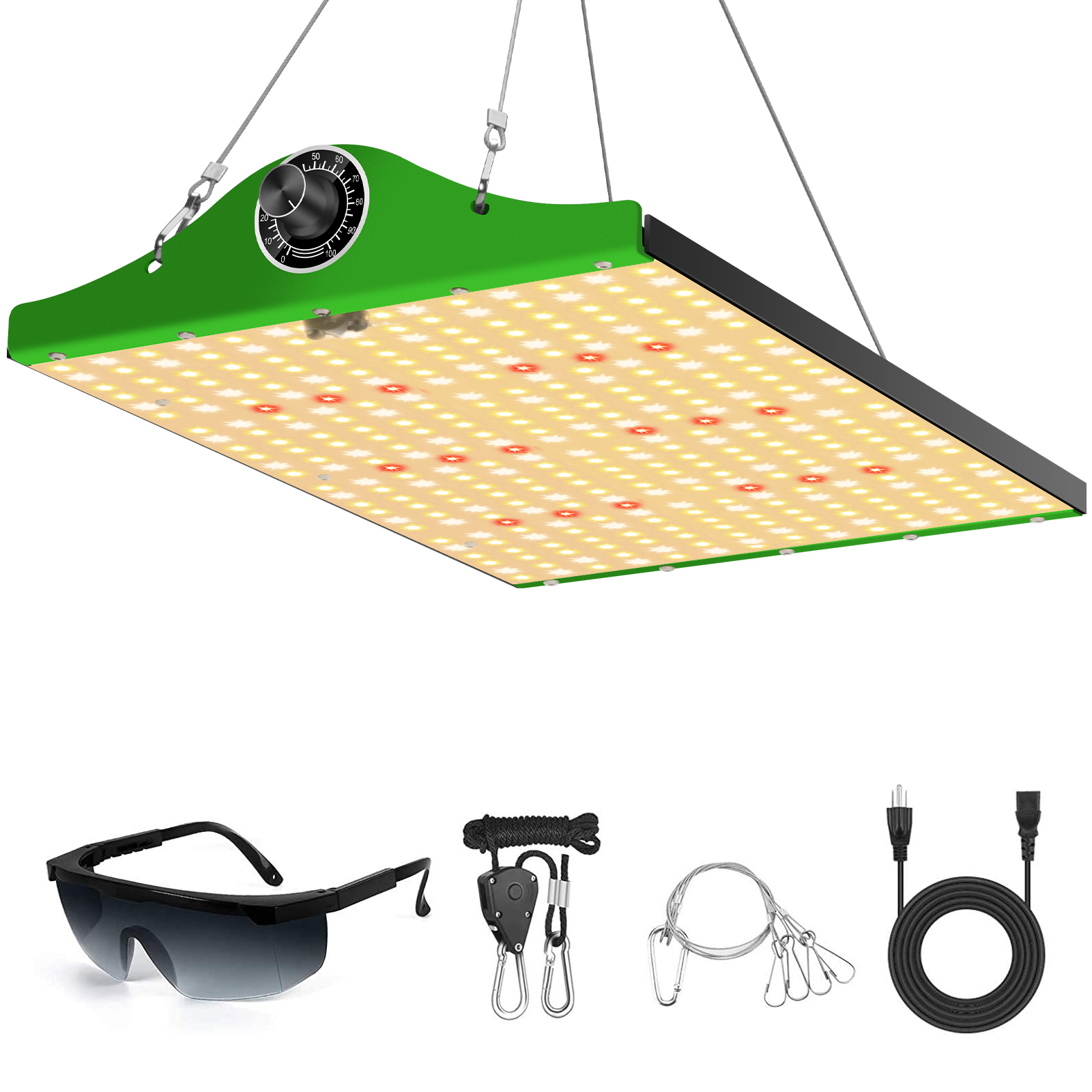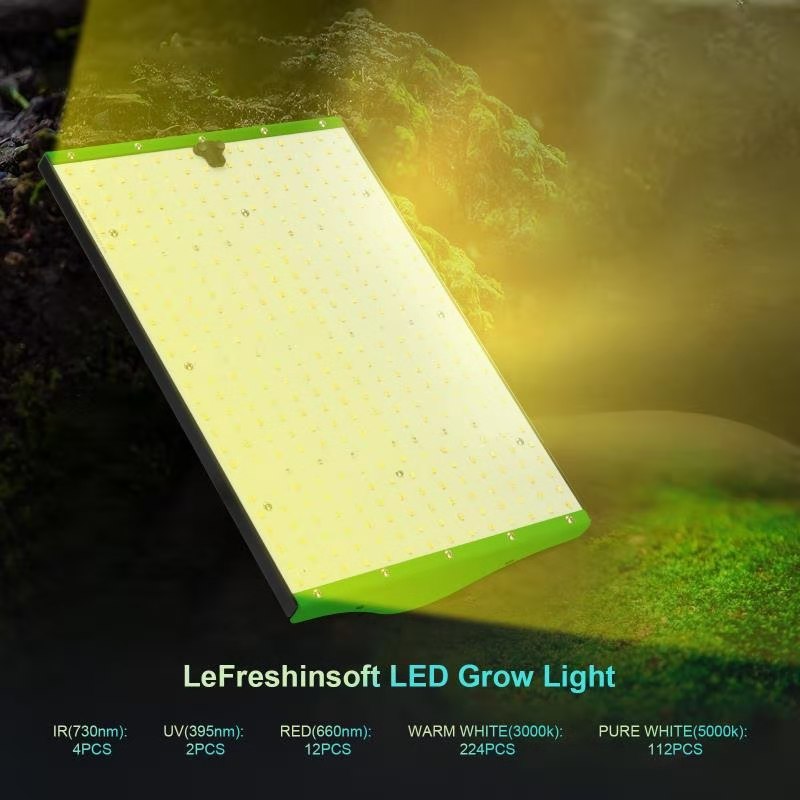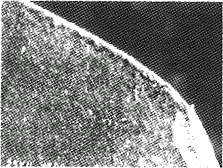Diamond film coated tool is a high-tech product that has been developed in recent years. Due to its high hardness, low friction coefficient and good thermal conductivity, diamond has the advantages of high processing precision, long cutting life, small cutting force and high processing efficiency. Its cutting life is comparable to that of currently used polycrystalline diamond (PCD) tools, which is 10 to 140 times longer than that of cemented carbide tools. It is especially suitable for cutting non-ferrous metals, ceramics, fiber laminate composites and so on. PCD and cemented carbide tools often fail due to severe wear on the flank and increased radius of the tool nose, while diamond film coated tools typically fail with cracking, spalling, and wear through the diamond film coating. Because of this, the prediction of failure is easier to achieve, which is of great significance for reducing waste, defective products and automating monitoring and inspection during the cutting process.
Comparative cutting test
The substrate of the diamond film coated tool is YG6 cemented carbide, model C116, and the radius of the tool tip arc is 0.3-0.8 mm.
In the process of chemical vapor deposition of diamond films, the cobalt binder phase in the cemented carbide promotes the growth of graphite, so the surface of the cemented carbide substrate must be pretreated to remove or reduce the cobalt content in the surface layer of the substrate. The general pretreatment process is as follows: firstly, the surface of the substrate is subjected to acid etching to remove cobalt, and then ground with diamond fine powder and ultrasonically cleaned with acetone, followed by reduction and carbon reduction and ion beam assisted deposition of the molybdenum transition layer and the diamond-like film.
The reduction of carbon reduction is to convert the WC of the surface of the substrate into W or W 2 C. In the subsequent process of synthesizing the diamond film, the carbon in the gas phase converts W or W2C into WC to increase the bonding strength between the film and the substrate; The layer can block the diffusion of cobalt. Because the cobalt on the surface of the substrate is removed by acid etching, in the process of chemical vapor deposition of diamond, since the substrate temperature is as high as 700-900 °C, the cobalt will re-diffuse to the surface, even The synthesized diamond is converted to graphite.
The pretreated substrate is deposited by a hot wire CVD method with a thickness of 5 to 6 μm. The synthesized diamond grains are fine, uniform and smooth, and the tool does not need to be polished.
At the same time, PCD and carbide tools were used to turn the outer piston of the automobile ( f 105mm×110mm) for comparative cutting test. The material of the automobile piston is 11%~18% aluminum alloy. The cutting process parameters are: cutting speed 300-700m/min; feed rate 0.1mm/r; cutting depth 0.2mm, dry cutting. Use an oscilloscope to monitor the dynamic changes of the cutting force, and observe the chip condition at any time. After the cutting, check the dimensional accuracy and surface quality of the workpiece and the tool failure. Compared with the results, the cutting life of cemented carbide tools is the shortest, while the diamond film coated tools can cut continuously for 50 to 120 minutes, and the total length of cutting is 15 to 80 km. Although the service life is not as long as the PCD tool length, the machined surface quality is better than that with a PCD tool.
|
Failure form and forecast
Tests have shown that the main failure mode of diamond film coated tools is film cracking and peeling (Fig. 1), followed by the film being worn through. This is because:
- In the process of chemical vapor deposition of diamond film, the thermal expansion coefficient of the substrate and the film is different, the lattice of the substrate and the film are not matched, resulting in the generation of internal stress, and the internal stress of the coated tool is improperly released during cutting.
- There is a non-diamond phase between the substrate and the film interface, and particularly when a graphite phase is present, the adhesion and bonding strength of the film to the substrate are greatly reduced.
- As the thickness of the film increases, the bonding strength between the film and the substrate decreases, so the thickness of the diamond film is generally not more than 20 μm, and most of them are less than 10 μm. When the diamond film is too thin, the film will wear through.
Therefore, the bonding strength between the diamond film and the substrate is a key factor restricting the development of diamond film coating tools. Although many domestic and foreign researchers have taken many technical measures and achieved certain results, they have not fundamentally solved this problem. At present, the peeling of diamond films is still the main form of failure.
Since the outer circle of the piston is a convex-convex elliptical curved surface, in the cutting test, when the outer circumference of the piston is processed by the diamond thin film coating tool, the cutting force changes periodically with time, and the cutting force can be seen as a regular waveform on the oscilloscope. And when the diamond film coating tool fails, the cutting force increases significantly, as shown in Figure 2.
|
When the diamond film coating tool fails, the film cracks and peels off or is worn through. The cutting friction pair becomes diamond and the workpiece material is cemented carbide YG6 and the workpiece material, and the friction coefficient is obviously increased, so that the friction between the chip and the rake face is intensified. The bond is formed under the action of high pressure to form built-up edge. Measuring the dimensional accuracy and surface quality of the workpiece before and after the failure, it can be found that before the failure, the dimensional accuracy and surface quality of the processed products all meet the requirements. After the failure, the dimensional accuracy and surface quality of the processed products will decrease, and will not be reached very quickly. Processing requirements.
When cutting PCD and cemented carbide tools, the change of cutting friction pair does not occur. The change of cutting force mainly comes from the influence of the flank wear of the tool. Some tests have shown that when the flank wear reaches 0.8~1.0 mm, Cutting forces increase by about 30%, and it is obviously difficult to predict tool failure based on this. When the diamond film coating tool fails, as described above, the cutting friction pair will change, and the built-up edge will be generated, and the cutting force will suddenly increase by 1 to 3 times, which creates favorable conditions for predicting tool failure. . That is, the failure of the diamond film coating tool can be judged by monitoring the generation of the built-up edge and the change of the cutting force during the cutting process.
Grow Light panel with scientific spectrum, include red, warm white, 6000k, UV IR led, the best grow light for indoor plant growth. also customized ratio by your requirement.
Quantum Board Grow Light is a great ideal for all kinds of indoor garden plants: lettuce, orchid, organic herbs, pepper, strawberries, succulent, hydroponic, medical plants.
Whether it's hydroponics, plants in soil, you can add a touch of magic to every veg and flower with Xeccon grow lights.


grow light strip, grow strip, led strip grow plants, led grow light strip review,led grow light strip kit
Shenzhen Wenyi Lighting Technology Co., Ltd , https://www.szwenyigrow.com
![<?echo $_SERVER['SERVER_NAME'];?>](/template/twentyseventeen/skin/images/header.jpg)

